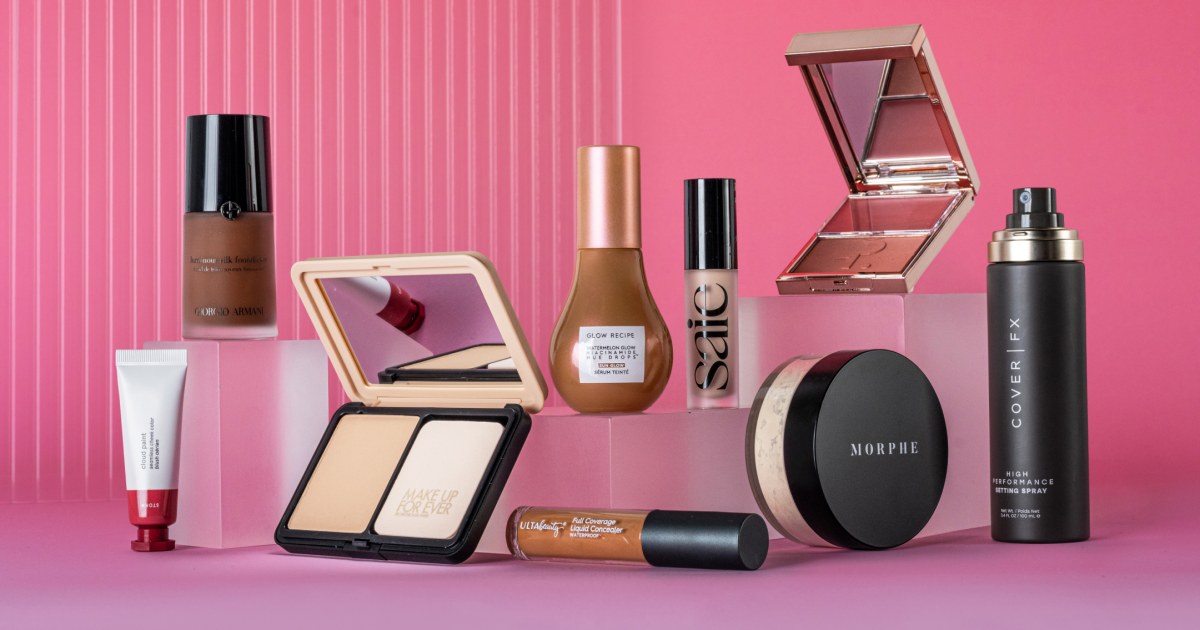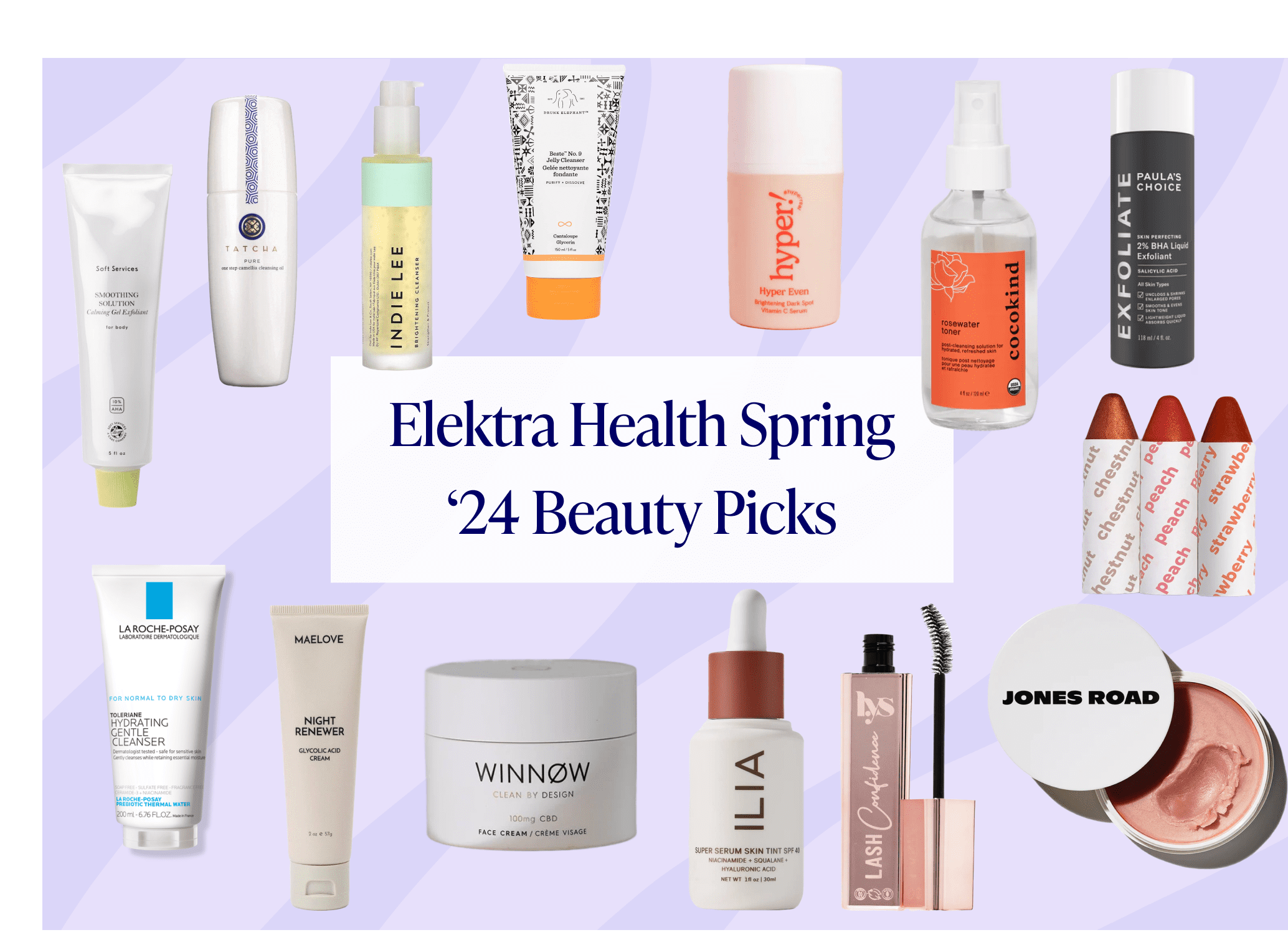How to Establish a Cruelty-Free Beauty Collection Without Compromise
How to Establish a Cruelty-Free Beauty Collection Without Compromise
Blog Article
Why Cruelty-Free Beauty Products Are the Future of Skin Care and Cosmetics
The change in the direction of cruelty-free elegance items is not just a fad; it reflects a significant change in consumer worths and market practices. As recognition around moral consumption rises, especially amongst younger demographics, brands are obliged to reassess their testing methods and active ingredient sourcing. This development is more moved by improvements in modern technology, which assure efficient alternatives to standard animal testing. Nevertheless, the ramifications of this shift extend past customer preferences, questioning regarding the future of regulatory standards and brand name stability. What stays to be seen is just how these dynamics will shape the landscape of the beauty market.
Growing Consumer Understanding
The expanding consumer understanding bordering cruelty-free elegance products shows a substantial shift in societal values towards ethical consumption. As people progressively focus on the welfare of animals and look for to make educated buying choices, the demand for products that are not tested on pets has actually risen. This heightened recognition is driven by a combination of variables, consisting of the rise of digital platforms that assist in expertise sharing, greater transparency from brands, and advocacy campaigns that highlight the ethical effects of traditional screening techniques.
Consumers are now more equipped than ever before to study and determine cruelty-free brands, leading to a much more critical marketplace. More youthful generations, particularly millennials and Gen Z, are leading the cost, often opting for brand names that symbolize their ethical stance.
Moral Considerations in Charm
Ethical considerations in appeal expand past the world of animal well-being, including a broader range of social and ecological influences. Consumers are increasingly scrutinizing the sourcing of active ingredients, labor techniques, and the ecological impact of charm items. Brand names that prioritize honest methods commonly utilize sustainably sourced products, minimizing their environmental influence while supporting fair trade campaigns.
In addition, the appeal market has a significant effect on international labor markets, especially in establishing nations where numerous components are sourced. Ethical brands advocate for fair labor practices, guaranteeing that workers obtain fair earnings and safe working conditions. This commitment to social duty not just boosts the lives of those entailed in the production process but likewise reverberates with customers that value transparency and honesty.
In addition, the ecological influence of packaging and production techniques can not be ignored. Brand names are progressively adopting environmentally friendly packaging services and decreasing waste, straightening with a growing consumer need for sustainability. By addressing these ethical considerations, charm brands can cultivate an extra conscientious industry that values both individuals and the world, leading the way for a future where liable practices are the standard as opposed to the exception.

The Influence On Brand Loyalty
Consumer loyalty to beauty brand names is progressively influenced by moral techniques, particularly in the world of cruelty-free Recommended Site and sustainable items. cruelty-free beauty. As customers become a lot more socially aware, their buying choices are frequently directed by the ethical implications of the products they choose. Brand names that prioritize cruelty-free techniques not only interest this expanding demographic yet likewise foster a feeling of depend on and stability among their client base

In addition, the transparency bordering cruelty-free qualifications improves consumer confidence in the brand name's dedication to ethical methods. This openness can develop a psychological connection in between the consumer and the brand name, additional strengthening commitment. In a period where brand online reputation is increasingly inspected, the dedication to cruelty-free methods is not simply a fad but a significant consider long-term brand commitment.
Innovations in Cruelty-Free Formulations
As brand commitment significantly rests on moral methods, business are reacting with cutting-edge strategies to cruelty-free solutions. The market is experiencing a rise in the growth of choices to animal testing, using advanced technologies such as artificial insemination testing and computer system modeling. These techniques not just satisfy moral standards but likewise accelerate product growth timelines.
Additionally, many brands are using the power of all-natural components that are both effective and lasting. Plant-based extracts, bioengineered substances, and morally sourced products are getting grip, attracting ecologically aware customers. Advancements in preservation methods, such as making use of natural preservatives, boost product durability without jeopardizing cruelty-free integrity.
Brands are additionally spending in clear sourcing methods, permitting consumers to map the origin of ingredients. This transparency promotes trust and encourages customers to make educated options. Additionally, partnerships with charitable companies and cruelty-free certifications are coming to be extra typical, signifying a dedication to honest techniques.
As the demand for cruelty-free items continues to climb, these innovations not just redefine sector criteria yet also contribute to an extra humane future for charm and skincare. The commitment to ethical solutions is improving consumer expectations and driving the marketplace toward better accountability.
The Future of Regulatory Specifications
The landscape of regulatory requirements for cruelty-free beauty products is progressing rapidly in reaction to expanding customer demand for openness and honest methods. As consumers significantly prioritize humane therapy of pets in product growth, regulative bodies are being prompted to establish clearer guidelines and accreditations that delineate what constitutes cruelty-free.
Current policies vary widely by area, producing confusion among customers and producers alike. cruelty-free beauty. Click Here In the future, we can expect a step towards standard definitions and requirements, potentially resulting in a linked worldwide framework. This would certainly not only enhance consumer trust but also encourage a lot more brand names to adopt cruelty-free methods
Moreover, improvements in modern technology, such as different screening approaches and artificial insemination designs, are most likely to influence regulatory standards. These developments could lead the way for a lot more rigorous needs that prioritize gentle approaches without compromising product safety and security or effectiveness.
The cooperation in between industry stakeholders, advocacy groups, and regulative authorities will be important in shaping these requirements. By fostering discussion and developing cohesive plans, the elegance market can make sure that cruelty-free techniques become an essential component of its honest landscape, eventually profiting consumers, pets, and the atmosphere.
Conclusion
Boosting customer recognition and moral factors to consider drive brand names to take on humane practices, fostering higher brand name commitment. Inevitably, the commitment to cruelty-free methods is essential for brands seeking to grow in an affordable market, as it reverberates deeply with the worths of contemporary consumers.
Report this page